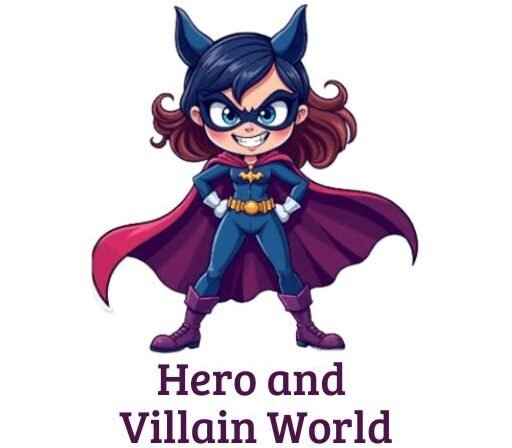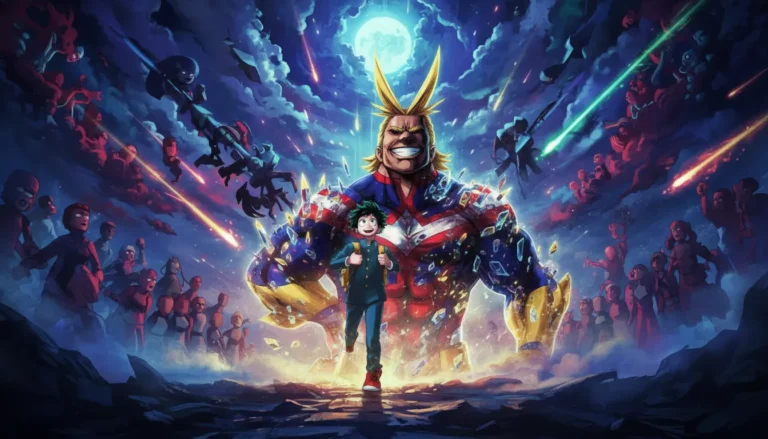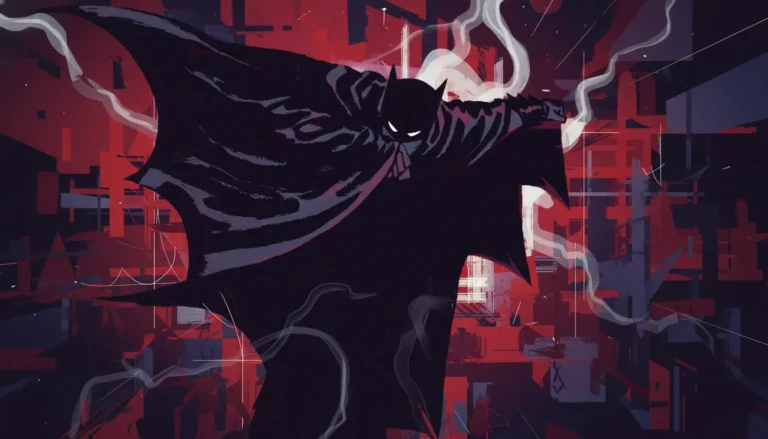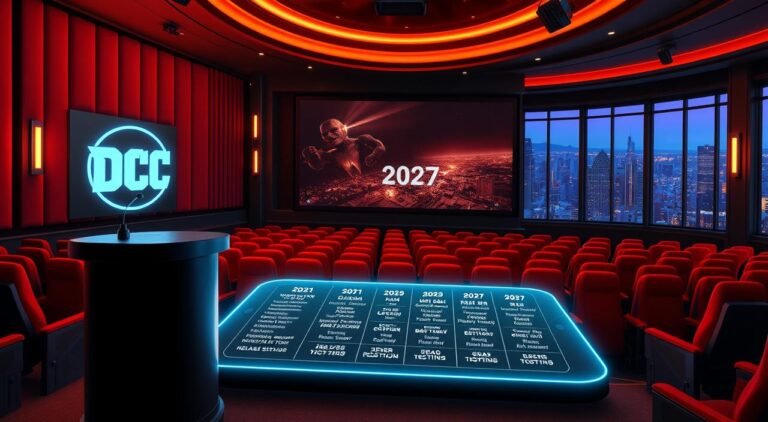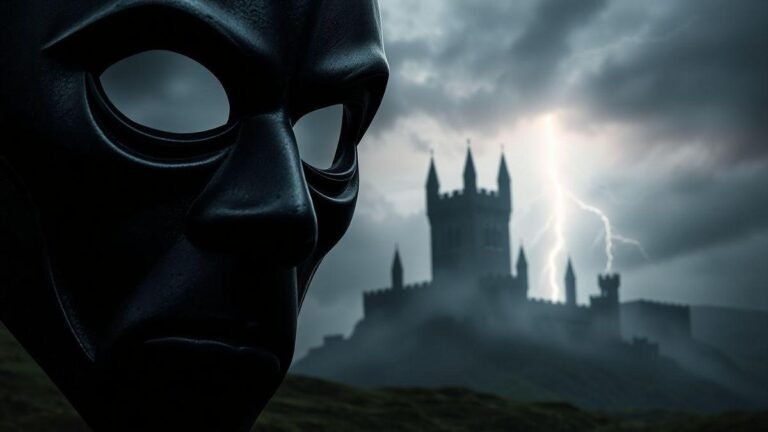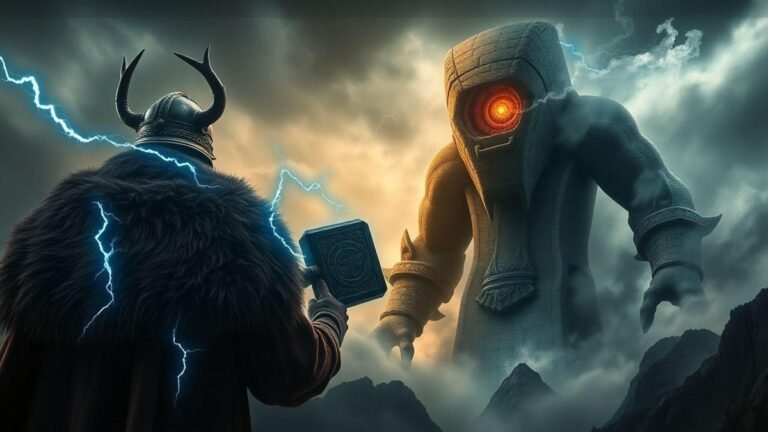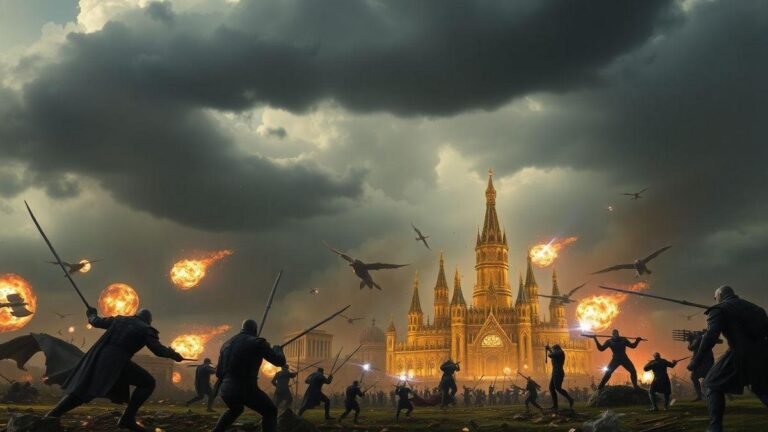DC’s Final Crisis: Grant Morrison’s Apocalyptic and Meta Ode to the Multiverse
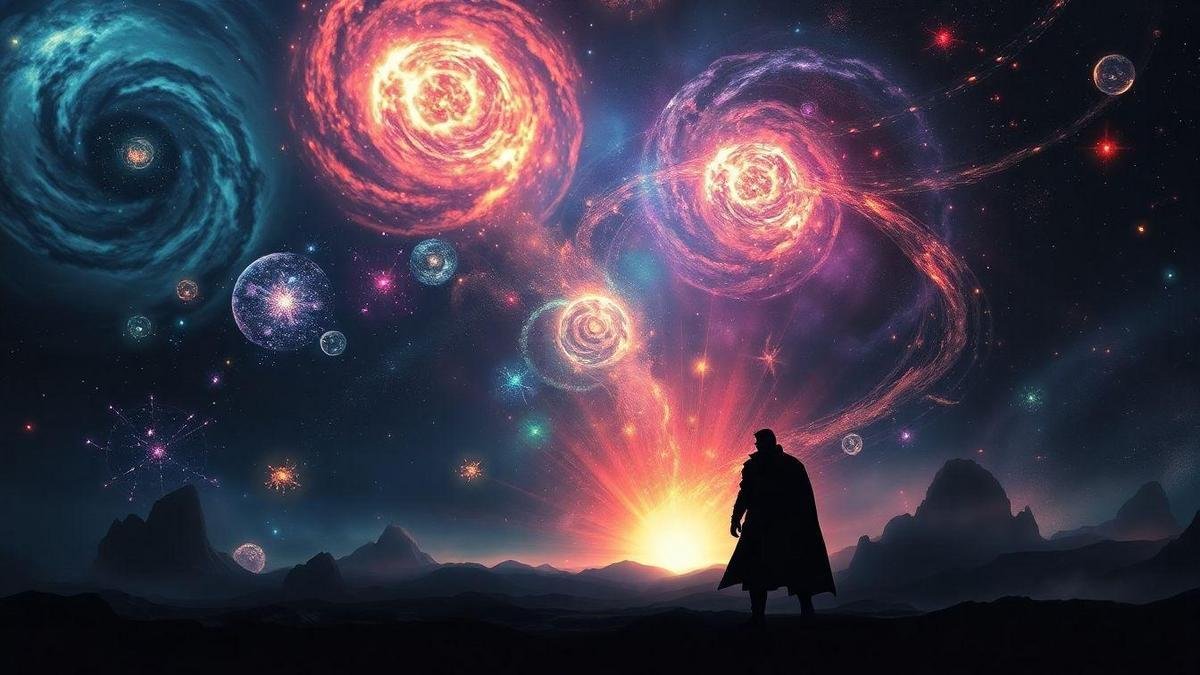
In DC’s Final Crisis: Grant Morrison’s Apocalyptic and Meta Ode to the Multiverse, you step into a world of layered storytelling. This article will take you on a journey through Morrison’s vision, explore how he redesigns comic book narratives, and uncover the rich themes of apocalypse.
Get ready to enjoy a deep dive into how characters and the multiverse play a big role in shaping this epic tale. So, buckle up, and let’s explore the impact of this amazing story on the DC Universe!
Important Points to Remember
- Final Crisis is a significant story about the end of the world.
- Grant Morrison mixes many comic book worlds.
- Heroes face dark times and tough choices.
- The story explores big ideas about life and death.
- It’s a celebration of creativity in comics.

Understanding Grant Morrison’s Vision in Final Crisis
The Role of the Multiverse in Morrison’s Storytelling
When you dive into Grant Morrison’s Final Crisis, you step into a multiverse that’s bursting with life and creativity. Morrison takes you on a wild ride through different dimensions, showing how each universe connects.
Imagine a giant web where every thread represents a different story or character. This web is what makes the multiverse so captivating.
Morrison’s approach is like a puzzle. Each piece you find adds depth to the bigger picture. You start to see how heroes and villains from various worlds interact. This connection helps you understand that every choice has consequences, and every story matters.
For a deeper understanding of how characters evolve across different narratives, consider exploring the origins of DC Comics.
How Final Crisis Redefines Comic Book Narratives
In Final Crisis, Morrison flips the script on traditional comic book storytelling. Instead of just following a hero on a quest, you’re thrown into a chaotic world where everything is at stake. The narrative is not straightforward; it’s layered and complex, like a tapestry woven with different threads of time, space, and character arcs.
Here’s how Morrison redefines storytelling:
| Element | Traditional Comics | Final Crisis |
|---|---|---|
| Narrative Style | Linear | Non-linear, multi-layered |
| Character Focus | Hero-centric | Ensemble cast with multiple arcs |
| Themes | Good vs. Evil | Chaos, identity, and rebirth |
This shift challenges you to think differently about heroes and what they represent. It’s not just about saving the day; it’s about understanding the nuances of existence. Morrison’s exploration of identity can be further appreciated by looking at the origin of antiheroes.
Exploring the Layers of Apocalyptic Themes
At the heart of Final Crisis, you’ll find apocalyptic themes that resonate deeply. Morrison doesn’t just throw in an apocalypse for shock value; he uses it to explore humanity’s struggles. You’ll see how fear, hope, and resilience play out in a world on the brink of collapse.
As you read, consider these key themes:
- Fear of the Unknown: Characters face their worst fears and fight against them.
- Hope and Redemption: Even in darkness, there’s a glimmer of hope that shines through.
- Identity and Legacy: What does it mean to be a hero? How do their legacies impact future generations?
Morrison crafts these themes with care, allowing you to reflect on your own life and the challenges you face. It’s about more than just saving the world; it’s about understanding what it means to be human. For an insightful comparison, consider looking at Watchmen and its thematic depth.
The Impact of Final Crisis on DC Comics
How Final Crisis Influenced Future Storylines
Final Crisis was a game changer in the DC Universe. You might remember it as a tale that shook the very foundation of superhero storytelling.
After this event, many writers began to explore darker themes and more complex plots. Characters were no longer just heroes; they became flawed individuals with real struggles.
For instance, the way heroes dealt with loss and failure became a common thread. Writers started to dive deeper into character backstories, making them relatable. This shift opened the door for stories that challenged the status quo.
Readers were hungry for more than just good versus evil; they wanted nuanced narratives. The evolution of character complexity can also be seen in Batman: Knightfall.
The Legacy of Morrison’s Work in the DC Universe
Grant Morrison’s influence in Final Crisis is undeniable. His unique approach to storytelling brought a fresh perspective. He didn’t just write a comic; he crafted a multi-layered narrative that explored the very essence of heroism.
Morrison’s work underpins a legacy that continues to inspire creators. His ability to weave together different timelines and realities has paved the way for a more interconnected universe.
Writers today still look back at his work for inspiration, using it as a blueprint for their own stories. This interconnectedness is mirrored in the stories of characters like Green Arrow and his complex relationships.
The Evolution of Superhero Mythology Post-Final Crisis
After Final Crisis, superhero mythology took a bold leap forward. The event encouraged others to push boundaries, mixing genres and styles. You can see this evolution in the way stories are now told.
| Aspect | Before Final Crisis | After Final Crisis |
|---|---|---|
| Character Depth | Surface-level heroes | Complex, relatable characters |
| Story Complexity | Simple plots | Multi-layered narratives |
| Themes | Good vs. evil | Moral ambiguity and personal struggles |
This table illustrates how Final Crisis changed the game. It opened the door to new storytelling techniques and explored themes that resonate with readers today. The shift in narrative complexity can also be seen in Captain America: The Winter Soldier.

Characters That Shape the Multiverse in Final Crisis
Key Heroes and Villains in Morrison’s Narrative
In DC’s Final Crisis: Grant Morrison’s Apocalyptic and Meta Ode to, the characters play a crucial role in crafting the story. You’ll meet a host of heroes and villains who shape the narrative in ways that keep you on the edge of your seat.
Here are a few key players:
| Character | Role | Significance |
|---|---|---|
| Batman | Hero | Represents hope and resilience against darkness. |
| Superman | Hero | Embodies truth and justice, a beacon of light. |
| Darkseid | Villain | The ultimate evil, seeking to control the multiverse. |
| The New Gods | Allies and Enemies | They bridge the gap between worlds and conflict. |
These characters are not just names on a page; they bring depth and emotion to the story. You’ll find yourself cheering for Batman as he faces overwhelming odds, while also feeling the chilling presence of Darkseid lurking in the shadows.
To understand Batman’s transformation further, check out how Batman transformed comics.
The Importance of Cosmic Heroes in the Story
Cosmic heroes are the backbone of Final Crisis. They provide a grand scale that makes the stakes feel incredibly high. You see, when these heroes engage in battle, it’s not just about saving a city; it’s about saving the entire multiverse!
Think of Superman flying through the cosmos, trying to stop Darkseid’s plans. His actions ripple across dimensions and affect countless lives. This cosmic aspect adds layers to the story, making you think about the impact of every choice made by these heroes, much like the cosmic battles depicted in Thanos’s saga.
How Characters Reflect the Themes of the Multiverse
The characters in Final Crisis reflect deeper themes that resonate with you. They tackle ideas like identity, sacrifice, and the struggle between good and evil.
- Batman struggles with his own humanity, showing that even heroes have doubts.
- Superman faces choices that challenge his morals, reminding you that power comes with responsibility.
- Darkseid embodies the fear of losing control, a theme that many can relate to in their own lives.
These themes are woven into the fabric of the characters, making them relatable and memorable. You’ll find yourself pondering their journeys long after you’ve closed the book. The complexity of characters like Mystique also showcases how identity plays a crucial role in storytelling.
The Meta Commentary in Final Crisis
What Morrison Says About Comic Book Storytelling
In DC’s Final Crisis, Grant Morrison dives deep into the art of storytelling in comic books. He shows us that comics are not just about heroes and villains but also about the journey of these characters. Morrison believes that every comic has layers.
Each layer tells a story about the characters and the world they live in. He uses clever twists and turns to keep you on your toes.
For Morrison, storytelling is like a dance. It moves, shifts, and changes. You never know what will happen next! This makes reading comics exciting and fresh, similar to the innovative storytelling seen in Black Widow’s narratives.
The Relationship Between Fiction and Reality in the Narrative
Morrison also explores how fiction connects with reality. In Final Crisis, the lines between what is real and what is made up blur. He challenges you to think about how stories can reflect our own lives. For example, when heroes face challenges, they mirror the struggles we face every day.
This connection helps you relate to the characters on a deeper level. You see them not just as superheroes but as reflections of your own hopes and fears.
Analyzing the Meta Elements in DC’s Final Crisis
Now, let’s break down the meta elements in DC’s Final Crisis. Morrison uses these elements to make you think about the nature of storytelling itself. Here’s a table that highlights some key aspects:
| Meta Element | Description |
|---|---|
| Self-Reference | Characters often discuss their roles as heroes. |
| Narrative Layers | Different stories within the main story. |
| Reader Engagement | Encourages you to think about your own experiences. |
These elements make the story more than just a comic; they turn it into a reflection of life. You are not just a reader; you become a part of the story. Morrison invites you to engage with the text, making you think and feel as you turn each page.
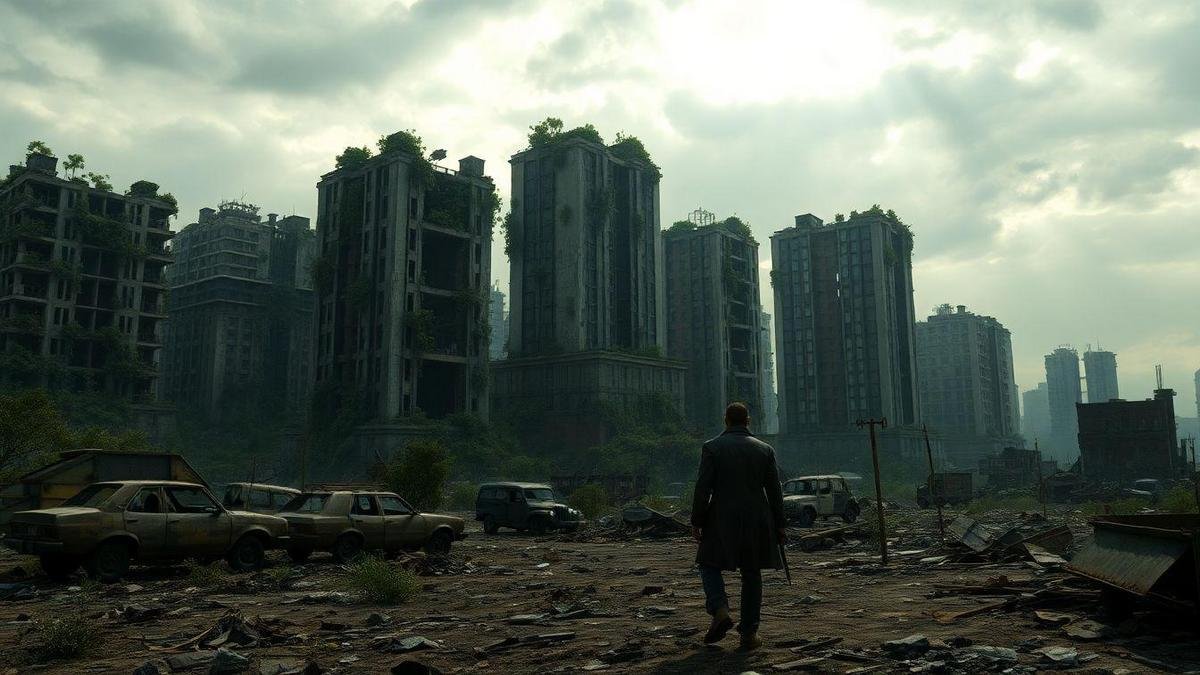
Apocalyptic Narratives: A Deep Dive
The Significance of Apocalypse in Final Crisis
In DC’s Final Crisis: Grant Morrison’s Apocalyptic and Meta Ode to, the apocalypse is not just an event; it’s a catalyst for change. This story takes you on a wild ride through the multiverse, showing how darkness can bring out the best and worst in heroes.
The end of the world isn’t just about destruction; it’s about transformation. Characters face their fears, and you see how they grow in the face of overwhelming odds. It’s like a mirror reflecting our own struggles and triumphs.
Comparing Other Apocalyptic Stories in Comics
When you think of apocalyptic tales in comics, there are a few that stand out. Here’s a quick look at some of the most notable ones:
| Comic Title | Creator(s) | Key Themes |
|---|---|---|
| The Walking Dead | Robert Kirkman | Survival, humanity, and loss |
| Y: The Last Man | Brian K. Vaughan | Gender roles, survival, and hope |
| Marvel’s Infinity | Jonathan Hickman | Cosmic battles and sacrifice |
Each of these stories shares a common thread: the end of the world pushes characters to their limits. Whether it’s fighting zombies or dealing with cosmic threats, the stakes are high. They make you think about what you would do in a similar situation.
The thematic exploration in these stories can be compared to Deadpool’s adventures and his unique take on heroism.
Why Apocalyptic Themes Resonate with Readers
So, why do these apocalyptic themes strike a chord with you? Here are a few reasons:
- Relatability: You can see parts of yourself in the characters. Their struggles mirror your own.
- Hope: Even in the darkest times, there’s often a glimmer of hope. This keeps you turning the pages.
- Adventure: The thrill of survival and the unknown pulls you in. It’s like a rollercoaster ride you can’t get enough of!
In a world filled with chaos, these stories remind you that even when things seem bleak, there’s always a chance for redemption and new beginnings. The importance of hope in storytelling is echoed in various narratives, including Supergirl’s journey.
The Narrative Structure of Final Crisis
How Morrison Weaves Different Timelines Together
In DC’s Final Crisis: Grant Morrison’s Apocalyptic and Meta Ode to, the storytelling is like a grand tapestry. It’s not just one story; it’s many stories stitched together.
Imagine you’re flipping through a scrapbook filled with moments from different times. Morrison takes you on a journey through alternate realities and timelines. You might find yourself in the past, then suddenly in the future, all while following your favorite heroes.
Here’s how he does it:
| Timeline | Description |
|---|---|
| Past | Heroes battling ancient threats, setting the stage. |
| Present | The main events unfold with heroes facing dark forces. |
| Future | Glimpses of what could happen if the heroes fail. |
This mix of timelines keeps you on your toes. You’ll feel like a detective piecing together clues from different eras. The intricate design of timelines is also a hallmark of stories like Flash: Terminal Velocity.
The Use of Non-Linear Storytelling in the Comic
Morrison’s approach to storytelling is non-linear, which means the story doesn’t follow a straight path. Instead, it jumps around, making you think and piece things together. It’s like a puzzle where the pieces don’t fit until you see the bigger picture.
For example, you might read about a hero’s downfall in one panel and then see how it connects to a victory in another. This method adds excitement and depth. It feels like you’re part of the action, experiencing twists and turns alongside the characters.
Understanding the Complexity of the Narrative Design
The narrative design in Final Crisis is complex, but it’s also incredibly rewarding. It’s like a maze filled with surprises. You might feel lost at times, but that’s part of the fun! Morrison invites you to explore the depths of the story, encouraging you to think critically about what’s happening.
- Themes: Morrison tackles big ideas like good vs. evil, hope, and despair.
- Characters: Each character has their own story, adding layers to the main plot.
- Connections: The way characters interact shows how their fates are intertwined.
By the end, you’ll find that every twist and turn has a purpose. Morrison’s narrative invites you to engage with the story on multiple levels, making it a truly immersive experience.
Conclusion
In conclusion, DC’s Final Crisis is more than just a comic; it’s an immersive journey through a rich tapestry of multiversal storytelling. Grant Morrison invites you to explore the depths of heroism, identity, and the very fabric of existence.
With its complex narrative and apocalyptic themes, the story resonates deeply, encouraging you to reflect on your own life and choices. As you turn each page, you find yourself not just a spectator, but a participant in a dance of creativity and emotion.
So, if you’re hungry for more insights and adventures in the world of comics, don’t hesitate to check out more articles at Hero and Villain World. Happy reading!
Frequently asked questions
What is DC’s Final Crisis about?
DC’s Final Crisis is a story about heroes facing a huge threat. It’s all about the end of the world as we know it. Grant Morrison creates a wild ride through the multiverse.
Who is the main writer of Final Crisis?
Grant Morrison is the brilliant mind behind DC’s Final Crisis. His ideas make the story very special. He plays with time and space in fun ways.
How does the multiverse play a role in Final Crisis?
The multiverse is key in this story. Different worlds collide and heroes from all over come together. It’s epic and shows how vast the DC universe really is.
What themes are explored in Final Crisis?
Themes of hope, despair, and rebirth shine bright in Final Crisis. Morrison dives deep into the nature of heroism. It’s thoughtful and exciting at the same time.
Why is this story considered an “apocalyptic ode”?
It’s called an “apocalyptic ode” because it’s like a big farewell. Morrison writes it with love for the heroes and their struggles. It’s both magical and tragic at once.
